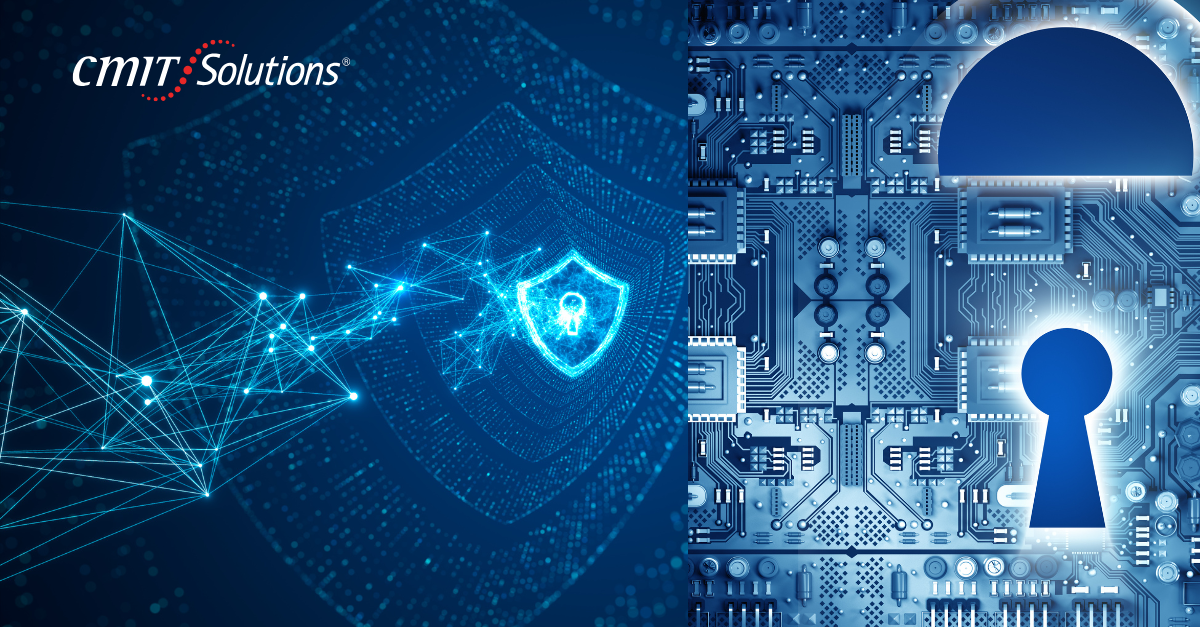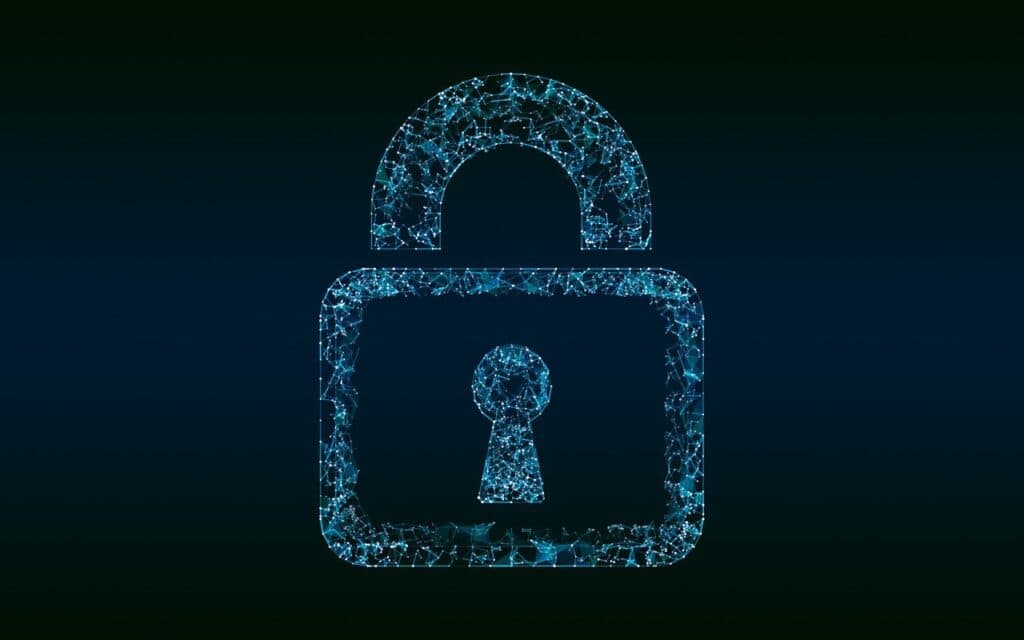In today’s fast-evolving digital landscape, cybersecurity threats are more sophisticated and frequent than ever before. Businesses of all sizes face the challenge of protecting their systems, data, and applications from cyberattacks. One of the most overlooked yet essential components of a robust cybersecurity strategy is patch management.
Without an effective patch management process, businesses leave themselves vulnerable to ransomware, data breaches, and system vulnerabilities that could result in financial losses and reputational damage. In this blog, we will explore what patch management is, why it’s crucial for cybersecurity, and how businesses can implement an effective strategy to safeguard their IT infrastructure.
What is Patch Management?
Patch management is the process of identifying, acquiring, testing, and applying software updates (patches) to systems, applications, and devices within an IT environment. These patches are released by software vendors to fix security vulnerabilities, improve performance, and enhance functionality.
A patch is essentially a piece of code that corrects security flaws, addresses software bugs, or improves an application’s stability. Without these updates, businesses are at risk of cybercriminals exploiting known vulnerabilities to gain unauthorized access to critical systems.
Understanding Patch Management
Patch management is the process of identifying, testing, and applying updates to software, applications, and operating systems to fix security vulnerabilities and improve performance. Software vendors regularly release updates to address newly discovered security gaps, making timely patching a critical aspect of risk mitigation.
A patch may apply to a variety of IT components, including cloud services, business applications, and hardware infrastructure. Without an effective patching strategy, companies expose themselves to avoidable security risks. Many businesses have enhanced their cloud security strategies to ensure their environments remain protected from unpatched vulnerabilities.
Key Elements of an Effective Patch Management Process
- Assessing system vulnerabilities to identify outdated software and potential security gaps.
- Testing updates before deployment to ensure compatibility with business applications.
- Automating patch installation to reduce human error and improve efficiency.
- Monitoring compliance with industry standards and security best practices.
- Maintaining patching documentation for audits and security tracking.
Why Patch Management is Essential for Cybersecurity
Protecting Against Emerging Cyber Threats
Cybercriminals actively target unpatched systems to exploit vulnerabilities. Many of the most devastating ransomware attacks originate from known software weaknesses. Without a proactive security approach, businesses increase their exposure to attacks that could have been prevented through regular updates.
Organizations should also assess 2025 cloud security threats to understand how patch management plays a role in protecting their cloud-based infrastructure from growing risks.
Ensuring Compliance with Security Regulations
Many industries are subject to strict regulatory frameworks that require organizations to maintain updated systems. Regulations such as GDPR, HIPAA, and CMMC mandate businesses to follow structured patching schedules to protect sensitive data.
For businesses operating under compliance mandates, ensuring managed IT services optimize security is a critical step in reducing legal and financial risks associated with outdated software.
Minimizing Downtime and Business Disruptions
Unpatched software can lead to system failures, application crashes, and unexpected downtime. When vulnerabilities are left unaddressed, businesses risk operational inefficiencies that impact productivity.
Many growing businesses are shifting from break-fix IT to managed services to reduce downtime risks and establish structured patching protocols that prevent security threats.
Enhancing IT Infrastructure Performance
Beyond security, patches frequently include bug fixes, performance enhancements, and new features that optimize IT operations. Companies that fail to update their software often experience slow performance, application crashes, and compatibility issues.
By implementing automation to optimize cloud operations, organizations can ensure that patches are applied efficiently and consistently across their IT environments.
Best Practices for Effective Patch Management
Automating Patch Deployment for Efficiency
Manual patching can be time-consuming and prone to errors. Many organizations leverage automation to streamline their patching processes, ensuring updates are deployed consistently across all systems.
With Microsoft 365 integrations, businesses can automate software updates while maintaining security controls that keep enterprise applications protected from emerging threats.
Prioritizing High-Risk Patches First
Not all patches carry the same urgency. Some updates address minor software bugs, while others fix critical security vulnerabilities. Businesses must categorize patches based on severity levels and apply high-risk updates immediately.
By following best practices in managed IT support, organizations can ensure that critical vulnerabilities are addressed without disrupting business operations.
-
Testing Patches Before Deployment
Deploying untested patches can lead to software conflicts, application failures, and compatibility issues. IT teams should implement a structured testing environment where updates can be assessed before deployment across business systems.
For companies working with media and content workflows, maintaining performance stability is crucial. Patch testing ensures that systems remain operational and efficient post-update.
Scheduling Regular Updates to Prevent Security Gaps
A structured patching schedule ensures that systems remain updated without disrupting daily operations. By scheduling regular updates, businesses can maintain security, improve IT performance, and meet compliance standards.
IT teams should also track vendor patch releases and apply updates as soon as they become available. Organizations that compare in-house IT with managed services often find that managed services help automate patching schedules to reduce the risk of security gaps.
Educating Employees on Patch Importance
Cybersecurity is a company-wide responsibility. Employees should be educated on why patching matters, and how outdated software can introduce security risks. Organizations must establish internal policies that enforce mandatory software updates and employee security awareness.
By fostering collaboration through secure IT environments, businesses ensure that teams remain informed and proactive about cybersecurity risks.
The Consequences of Poor Patch Management
Higher Risk of Cyber Attacks
Businesses that fail to update their software risk falling victim to ransomware, malware, and phishing attacks. Cybercriminals frequently exploit unpatched vulnerabilities to gain unauthorized access to networks and data.
The financial and reputational damages from ransomware attacks are often devastating, making patching a non-negotiable security practice.
Legal and Financial Consequences
Non-compliance with data protection laws can result in severe legal and financial repercussions. Businesses that fail to maintain up-to-date security patches risk facing regulatory fines, lawsuits, and reputational damage.
To protect business assets, many companies are investing in cyber insurance as an additional safeguard against compliance risks.
Conclusion: Strengthening Cybersecurity with Patch Management
Patch management is a fundamental cybersecurity practice that businesses cannot afford to overlook. By implementing a structured approach to patching, organizations protect against cyber threats, maintain compliance, and ensure uninterrupted business operations.
CMIT Solutions of Concord specializes in managed IT services, automated patching, and cybersecurity solutions to help businesses protect their digital assets. Ensure your business remains protected with expert patch management strategies and proactive IT security solutions. Contact our team today for a comprehensive cybersecurity assessment.





